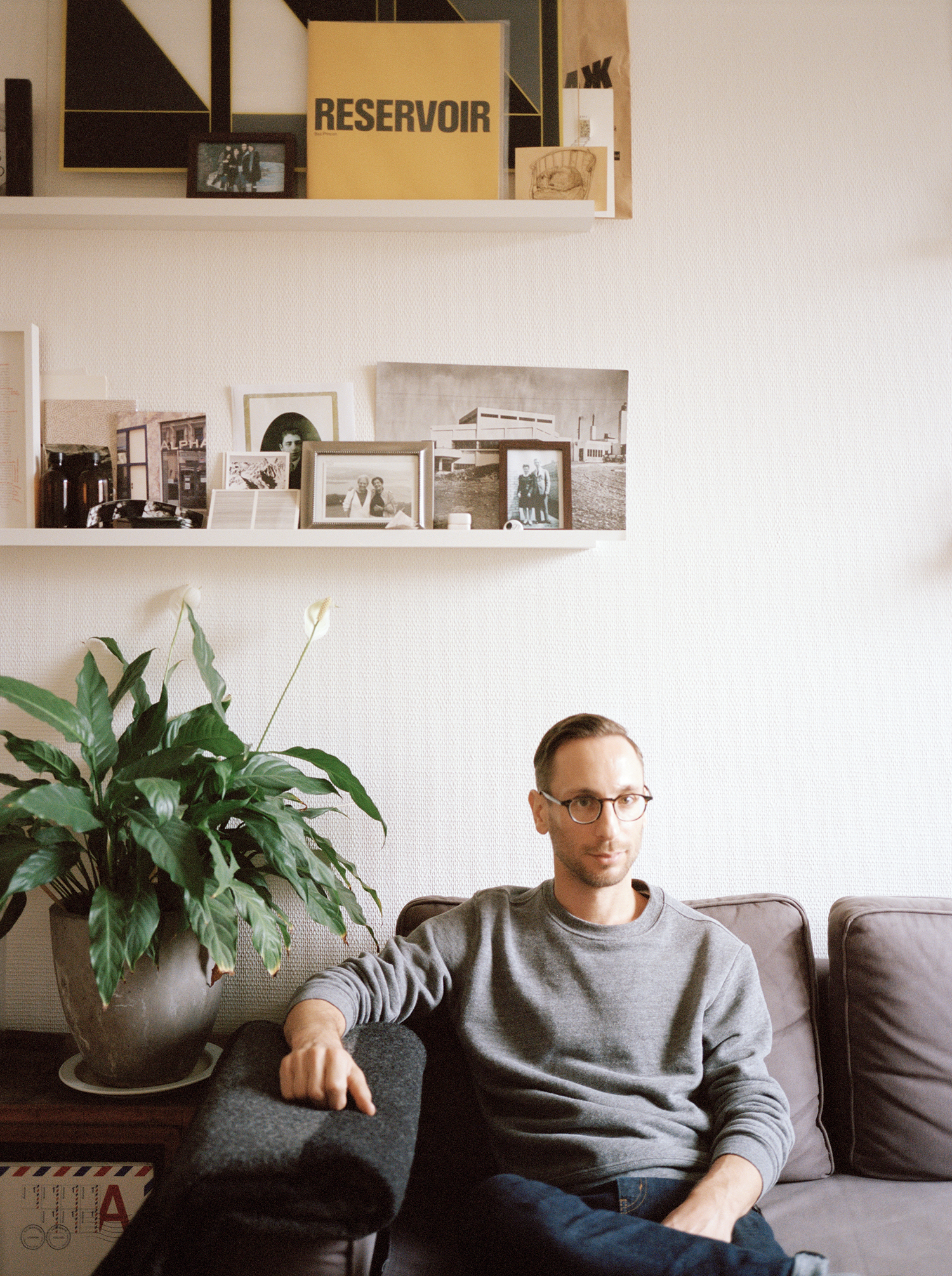Purple Magazine
— S/S 2014 issue 21
Elias Redstone
 Elias Redstone
Elias Redstone
archizines
interview by CAROLINE GAIMARI
portraits by GIASCO BERTOLI
Archizines is a project launched by British curator Elias Redstone to celebrate the new generation of independent architecture fanzines and magazines. It’s a touring exhibition featuring 100 publications that the public can pick up and browse. It started in London two years ago, and it’s visited 25 cities around the world to date.
CAROLINE GAIMARI — How did Archizines start?
ELIAS REDSTONE — I originally presented the project online with the aim of curating an exhibition to make people aware of all the creativity coming out of architectural publishing today. I approached the Architecture Foundation in London and Storefront for Art and Architecture in New York, because I really wanted to present all these new magazines and fanzines about architecture that most people aren’t really familiar with, as a kind of survey. Basically the…